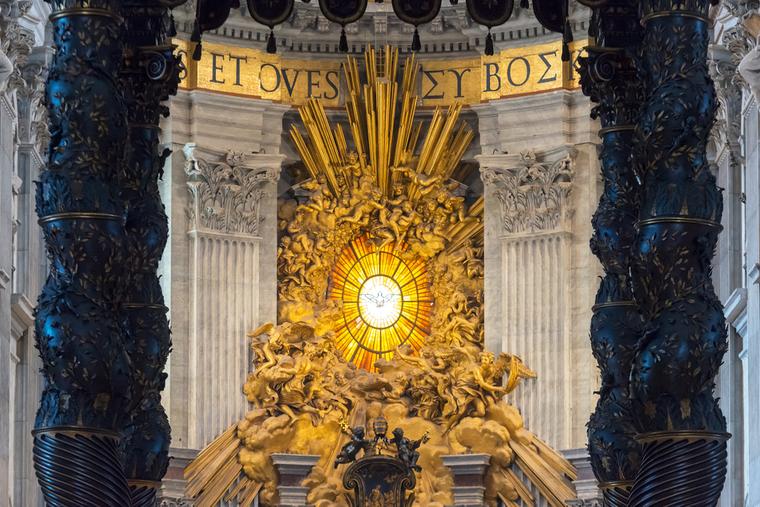- Feb 5, 2002
- 166,444
- 56,155
- Country
- United States
- Faith
- Catholic
- Marital Status
- Married
- Politics
- US-Others
COMMENTARY: The Feb. 21 Roche Rescript violates both the letter and the spirit of what Lumen Gentium taught.
In its dogmatic constitution on the Church (Lumen Gentium), the Second Vatican Council firmly applied the brakes to “ultramontanism” — the overheated theory of papal supremacy that reduced local bishops to branch managers who simply execute dictates from the CEO of Catholic Church Inc. in Rome. The coup de grâce for ultramontanism’s distorted concept of ecclesial authority came in Paragraph 27 of the dogmatic constitution:
“Bishops, as vicars and ambassadors of Christ, govern the particular churches entrusted to them … This power, which they personally exercise in Christ’s name, is proper, ordinary and immediate, although its exercise is ultimately regulated by the supreme authority of the Church, and can be circumscribed by certain limits, for the advantage of the Church or of the faithful. In virtue of this power, bishops have the sacred right and the duty before the Lord … to moderate everything pertaining to the ordering of worship…”
One of the many oddities of this Catholic moment is that, in the name of a “synodality” proclaimed as fulfilling the promise of Vatican II — which presumably includes the Council’s teaching on the authority of local bishops as true vicars of Christ — the “supreme authority of the Church” is severely undercutting episcopal authority by micro-managing with a heavy hand the use of the extraordinary form of the Roman Rite (the so-called “Traditional Latin Mass” or TLM).
The latest example of this new ultramontanism came in a Feb. 21 rescript, when “the supreme authority of the Church” laid down that, henceforth, bishops must obtain permission from Cardinal Arthur Roche and the Dicastery for Divine Worship before allowing the use of the extraordinary form in parish churches, and before allowing priests ordained after July 16, 2021, to celebrate the TLM.
Continued below.

 www.ncregister.com
www.ncregister.com
In its dogmatic constitution on the Church (Lumen Gentium), the Second Vatican Council firmly applied the brakes to “ultramontanism” — the overheated theory of papal supremacy that reduced local bishops to branch managers who simply execute dictates from the CEO of Catholic Church Inc. in Rome. The coup de grâce for ultramontanism’s distorted concept of ecclesial authority came in Paragraph 27 of the dogmatic constitution:
“Bishops, as vicars and ambassadors of Christ, govern the particular churches entrusted to them … This power, which they personally exercise in Christ’s name, is proper, ordinary and immediate, although its exercise is ultimately regulated by the supreme authority of the Church, and can be circumscribed by certain limits, for the advantage of the Church or of the faithful. In virtue of this power, bishops have the sacred right and the duty before the Lord … to moderate everything pertaining to the ordering of worship…”
One of the many oddities of this Catholic moment is that, in the name of a “synodality” proclaimed as fulfilling the promise of Vatican II — which presumably includes the Council’s teaching on the authority of local bishops as true vicars of Christ — the “supreme authority of the Church” is severely undercutting episcopal authority by micro-managing with a heavy hand the use of the extraordinary form of the Roman Rite (the so-called “Traditional Latin Mass” or TLM).
The latest example of this new ultramontanism came in a Feb. 21 rescript, when “the supreme authority of the Church” laid down that, henceforth, bishops must obtain permission from Cardinal Arthur Roche and the Dicastery for Divine Worship before allowing the use of the extraordinary form in parish churches, and before allowing priests ordained after July 16, 2021, to celebrate the TLM.
Continued below.

The New Ultramontanism and the Dissing of Vatican II
COMMENTARY: The Feb. 21 Roche Rescript violates both the letter and the spirit of what Lumen Gentium taught.
